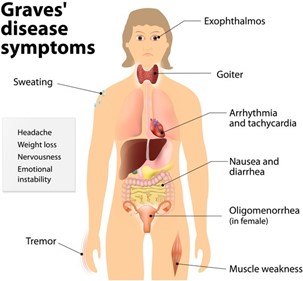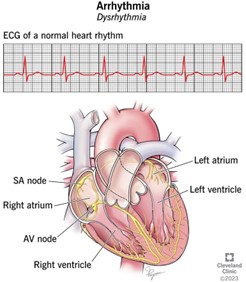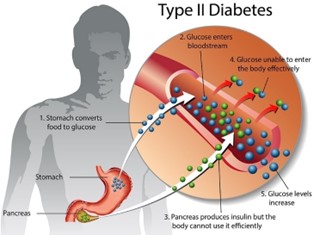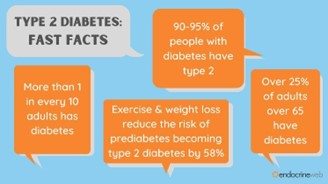During the nursing assessment of a patient with Graves' disease. The nurse notes a bounding, rapid pulse and systolic hypertension. Based on these assessment data, which question is important for the nurse to ask the patient?
“Do you ever have any chest pain?'
“Have you noticed any recent decrease in your appetite?”
“Do you have any problem with frequent constipation?”
The Correct Answer is A
The patient's bounding, rapid pulse and systolic hypertension may indicate cardiovascular complications associated with Graves' disease, such as tachycardia, atrial fibrillation, or congestive heart failure, which can cause chest pain. It is important for the nurse to assess for any symptoms of cardiovascular distress and report any abnormal findings to the healthcare provider for prompt intervention. Questions about appetite and constipation may be relevant to the patient's overall health status, but they are not the most important concern in this situation.


Nursing Test Bank
Naxlex Comprehensive Predictor Exams
Related Questions
Correct Answer is A
Explanation
The first step in the education plan should be to assess their understanding and perception of the disease. This will help the nurse to identify any misconceptions or knowledge gaps that the patient may have and tailor the education plan accordingly. Understanding the patient's perceptions will also help the nurse to establish a trusting relationship with the patient and increase their engagement in diabetes self-management.
Options b, c, and d are important components of the diabetes education plan, but they should be implemented after the initial assessment of the patient's perception and understanding of their diagnosis.


Correct Answer is C
Explanation
Before administering any medication, the nurse should confirm the potassium level to ensure that it is still elevated and needs to be treated. Potassium levels can fluctuate, so repeating the test will ensure that the client receives the appropriate treatment.
Options (a) Withhold the medication and (b) Administering a hypertonic solution may be appropriate interventions depending on the client's condition, but confirming the potassium level is the first step.
Option (d) Monitoring for paresthesia is important but not the first action that the nurse should take.
Whether you are a student looking to ace your exams or a practicing nurse seeking to enhance your expertise , our nursing education contents will empower you with the confidence and competence to make a difference in the lives of patients and become a respected leader in the healthcare field.
Visit Naxlex, invest in your future and unlock endless possibilities with our unparalleled nursing education contents today
Report Wrong Answer on the Current Question
Do you disagree with the answer? If yes, what is your expected answer? Explain.
Kindly be descriptive with the issue you are facing.
